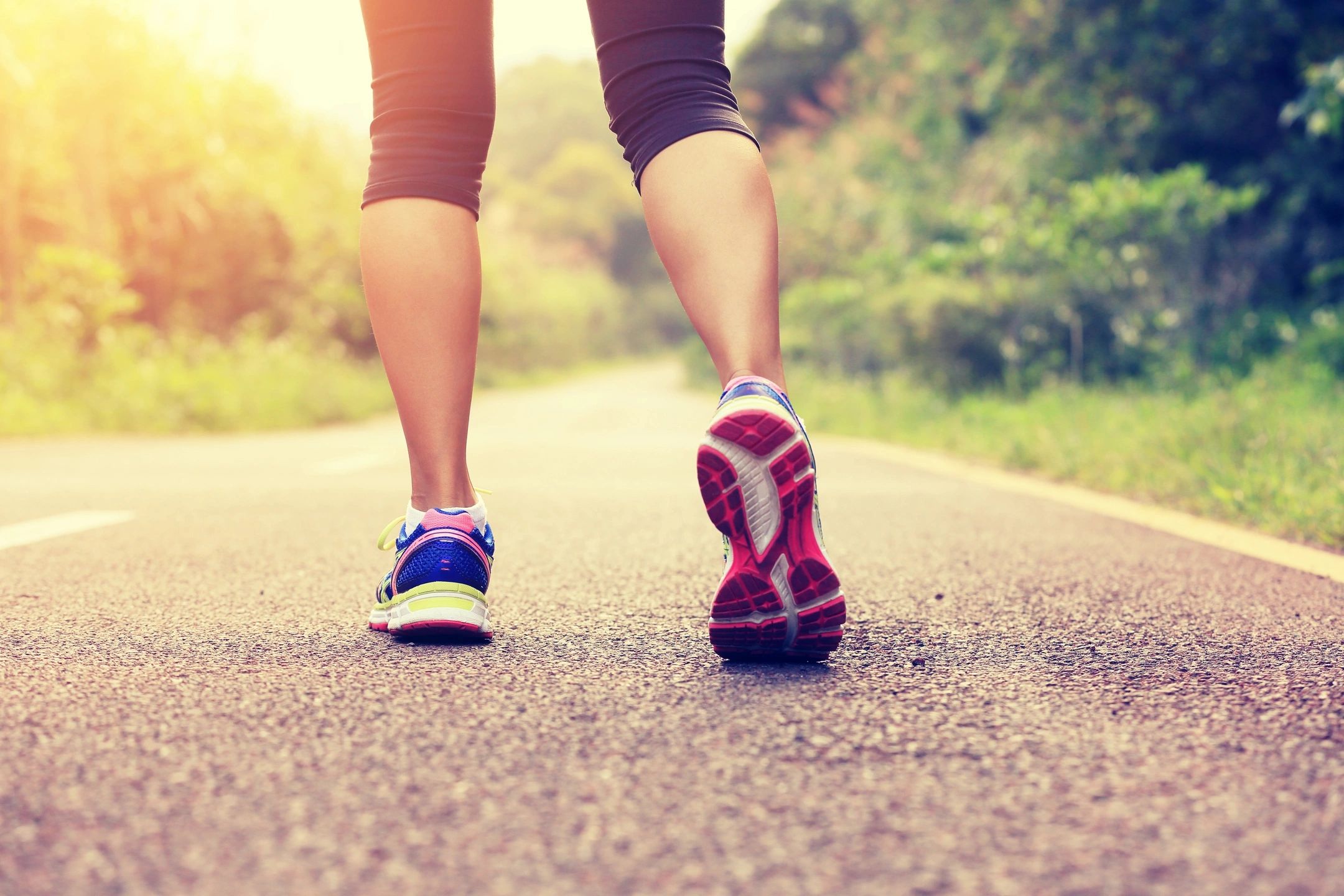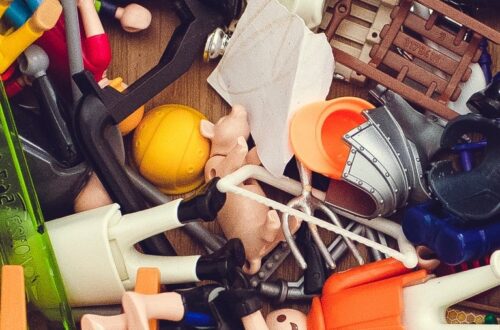
Let’s Talk Foot Pain!!

Today let’s talk about foot pain during the aging process. This is one topic that many health professionals don’t mention. Exercise and stretching is a very effective prescription to help with foot pain. If that approach fails, your doctor may suggest surgery. I try to avoid this option as a last resort. But sometimes, surgery is the only option. None the less, we have all felt foot pain. Often, we don’t know the cause or how to make the pain go away. So, we just try to deal with the pain and hope it gets better.
Have you been down this road? I know I have. After the birth of my twins, I experienced quite a few new aches and pains in my post-partnum body. Walking first thing in the morning, brought excruciating pain in my heels and the bottom of my feet. My symptoms were typical Plantar Fasciitis symptoms. Curiousity drove me to research what was going on in my feet.
I discovered that there are 26 bones, 33 joints and 100 ligaments in the foot. The foot is a very complicated and amazing machine. As we age, a number of foot issues and pain can arise. In this article, I discuss 5 common foot issues, which cause pain and how to help with the pain.
Plantar Fasciitis
The plantar part of the foot is the bottom of your foot. Muscles and tendons allow the foot to move: flex and point. Fascia wraps the ligaments and muscles and can get hard and stiff as the body ages. A bit of extra weight, injury, and improper shoes or flat feet can cause Plantar Fasciitis. Keeping the plantar part of the foot flexible and limber helps alleviate pain in this area of the foot. In addition, special inserts can help support the arch and help keep aches at bay.
Bunions
This foot issue is somewhat common and can be quite painful. A bunion is a misalignment and inflammation at the junction of the big toe and the first metatarsal of the foot and can be unbearable in aging feet. Bunions may occur from wearing pointed or tight-fitting shoes. Once the toe joint becomes stretched, wear and tear on the cartilage occurs over time. This causes the pain you may be familiar with. Proper fitting shoes and orthotic inserts will help control the pain. Stretching and revising your walking pattern will create more lasting effects on the foot.
Corn
A corn is an area of thickened skin tissue generally found on the top of the toes. Friction and pressure from wearing a tight shoe can cause corns to form on the toes or the bottom of the foot. Irritation can occur from shoe friction on the top of and between the toes. A bony spot on the foot can cause pain as well.
Corns can be removed by using topical ointments and can be cut away. A more permanent solution is making sure you have the correct top box in your shoe and ample room for your toes. In addition, performing toe stretches and foot exercises to realign the toes and metatarsals of the foot.
Flat Feet
Flat feet is a condition in which the foot falls to the floor on inside of your feet. The entire entire foot touches the floor when you stand up. Several complaints of those with flat feet include:
Difficulty standing on tiptoe
Swelling along the inside of the ankle
Knee pain
Back pain
Foot pain
There are many causes of flat feet. Obesity, pregnancy or repetitive pounding on a hard surface can weaken the arch leading to over-pronation. Collapse of the ankles and knees can also create flat feet. Often people with flat feet do not experience discomfort immediately, and some never suffer from any discomfort at all. However, when symptoms develop and become painful, walking becomes awkward and causes increased strain on the feet and calves.
There are several ways to help this foot issue. Shoe inserts can temporarily help, supporting the arch especially if you are on your feet for hours at a time. A longer-term solution is to strengthen the ankles, knees and toes to distribute weight to the feet more effectively and efficiently. Stretching the plantar or bottom of the foot and the dorsal or top of the foot can also help the foot function better.
Hammer Toe
A hammertoe is a deformity of the second, third or fourth toes. In this condition, the toe is bent at the middle joint, so that it resembles a hammer. Initially, hammertoes are flexible and can be corrected with simple measures but, if left untreated, they can become fixed and require surgery.
Hammer toe may be caused by wearing improperly fitting or supportive shoes for a length of time. Many times, the foot tries to grip the floor or shoe to balance or hang on to. An aging body may struggle with balance, which can increase gripping of the toes. Foot and toe stretches improve hammer toe. In addition, revising walking habits and choosing properly fitting shoes and making sure the foot is properly stretched.
Summary
A common theme with each of these issues is choosing properly fitting shoes, especially with aging feet. Our feet are the foundation of the body and need to be cared for and babied at times. Making sure your shoe has a proper toe box, which basically means the toes are not going to rub on the top of the shoe, is critical to good foot health.
In addition, learning to stretch your feet, calves and toes, will begin to create space in the joints of the foot and allow healing. Check out this blog about Creating Muscular Balance , which discusses how to correct muscle imbalances.
Lastly, realignment in the foot is like the icing on the cake, which creates lasting change and allow your foot to allow healthy walking patterns. If you are looking for more information, order The Foot Fix by Yamuna Zake, one of my mentors. Taking care of your feet should be a part of your daily exercise routine. Add in one tiny habit each day and begin to see a difference in your feet. Enjoy your newly aligned feet!!





